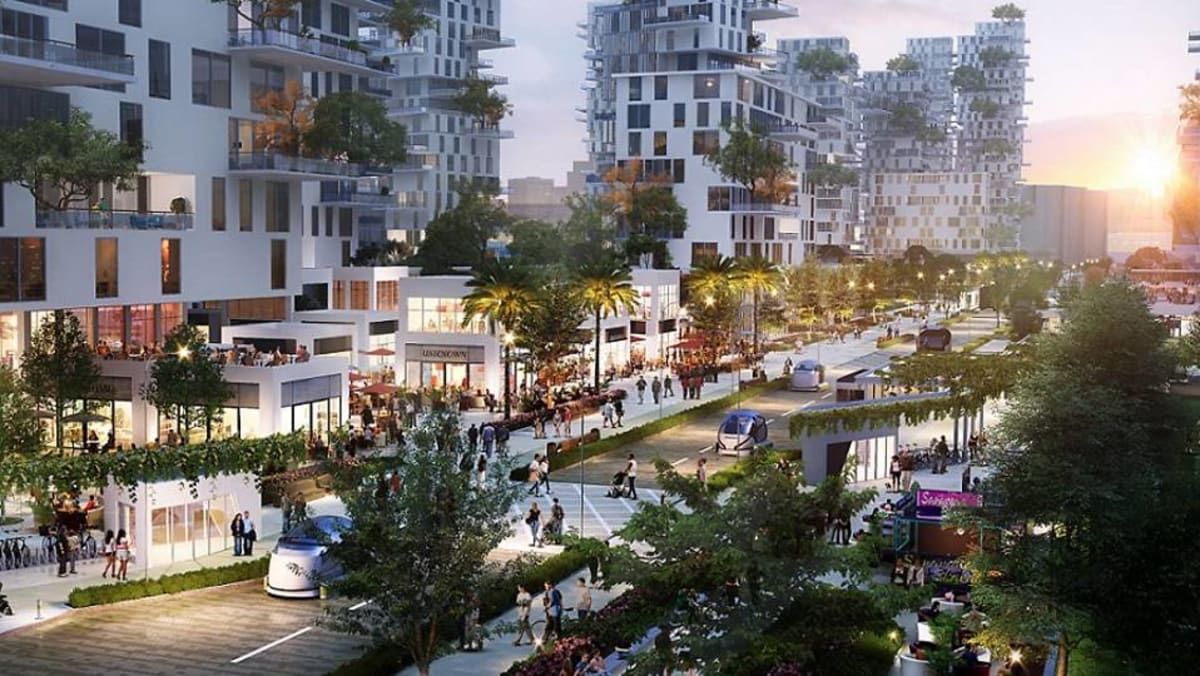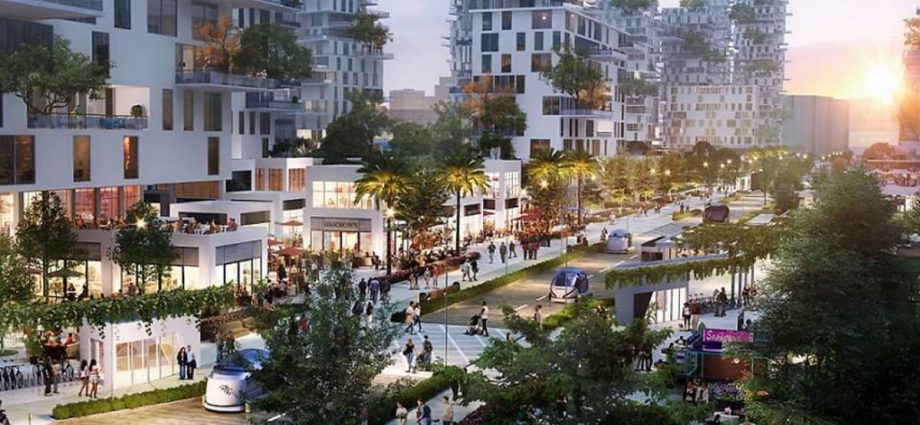
SINGAPORE: Singapore plans to start clearing approximately 31ha of forested areas – the equivalent of about 43 football fields – near East Coast Park next year, to make way for housing developments and a connecting road in the upcoming Bayshore precinct.
The Bayshore area is situated on reclaimed land and has been earmarked for housing development since 2003. Plans for the precinct include a mix of public and private homes, served by two future MRT stations on the Thomson-East Coast Line – Bayshore and Bedok South – which are expected to be up by 2023.
An environmental impact assessment report dated September and uploaded this week to the Housing and Development Board’s (HDB) website showed that the entire development site is bounded by Upper East Coast Road, Bayshore Road, East Coast Parkway (ECP) and Bedok Camp.
Site clearance works are expected to commence in 2023 in three phases, and estimated to be completed by 2029. The construction of housing developments will also commence progressively and take between four to six years, said the report, which was prepared by the DHI Water and Environment consultancy for both HDB and the Land Transport Authority (LTA).
The report included baseline ecological surveys conducted between Apr 25 and Jul 21, and an environmental plan covering the affected area’s ecology.
A total of 196 flora species were recorded within the study area, of which 16 were considered to be of local conservation significance.
As for fauna, 147 species were recorded, of which six bird species were found to be of local conservation significance.
These were the oriental magpie-robin, blue-crowned hanging parrot, changeable hawk-eagle, red junglefowl, rusty-breasted cuckoo and red-legged crake.
The report said that the habitats and biodiversity found within the study area were of “minor to moderate” conservation value, due to low species richness, a small proportion of species of conservation significance and the dominance of exotic species.
The report also predicted several “irreversible” ecological impacts arising from construction and operational phases, including loss of habitat, injury or mortality to existing fauna, human-wildlife conflict and bird-building collisions.
Most of these negative impacts were classified by the report as of “slight” to “minor” significance – except for the loss of flora and fauna habitat during construction, which was predicted to be of “moderate” significance even after mitigation measures.
Some of the measures recommended by the report include the transplanting of conservation-significant flora species and to avoid the use of barbed wire around work sites to minimise animal entrapments.
It also suggested developers avoid peak bird breeding and nesting season from March to July, and to target four animal species – the common palm civet, common tree shrew, painted bronzeback snake and equatorial spitting cobra – for trapping and translocation during clearance works.
Members of the public can view and submit their feedback on the environmental impact assessment report, via HDB’s website till Nov 29.

